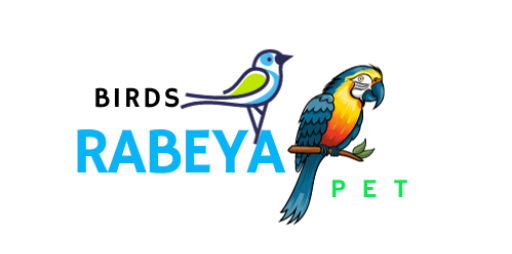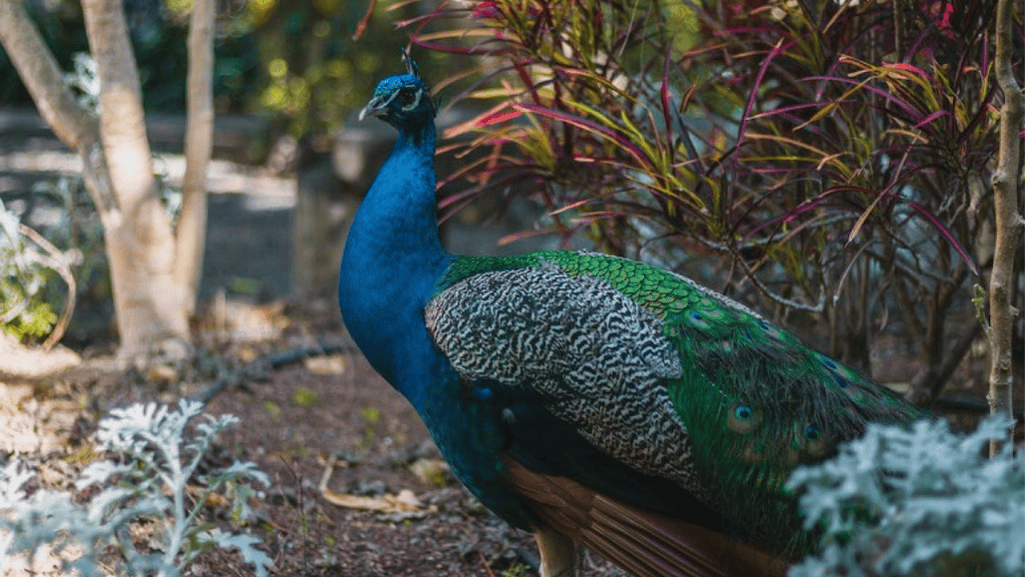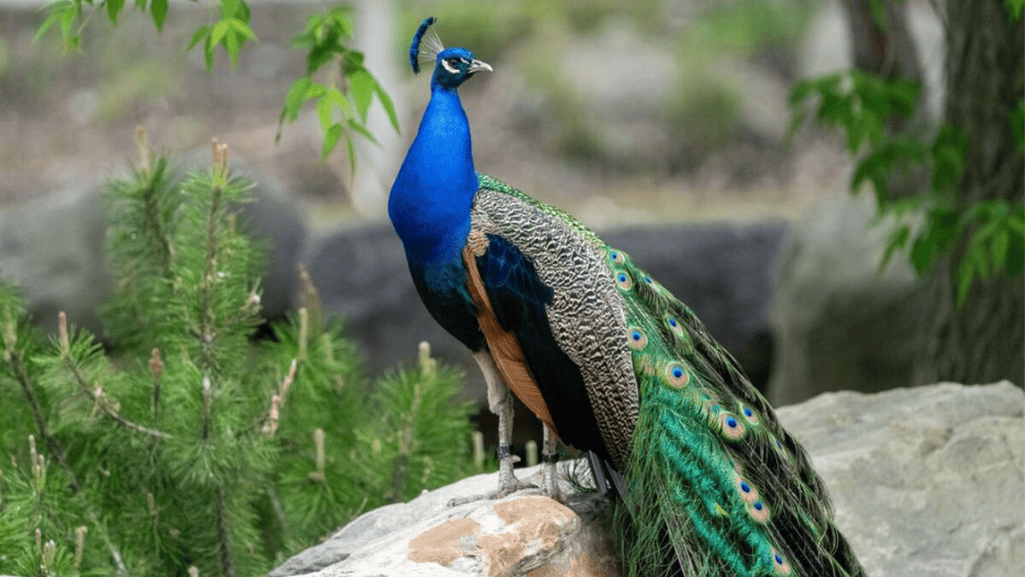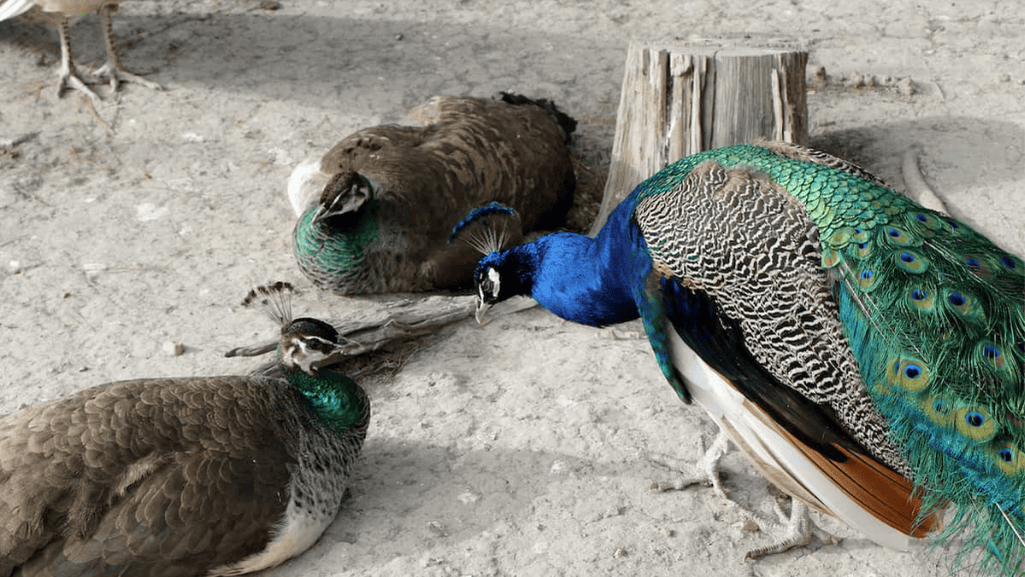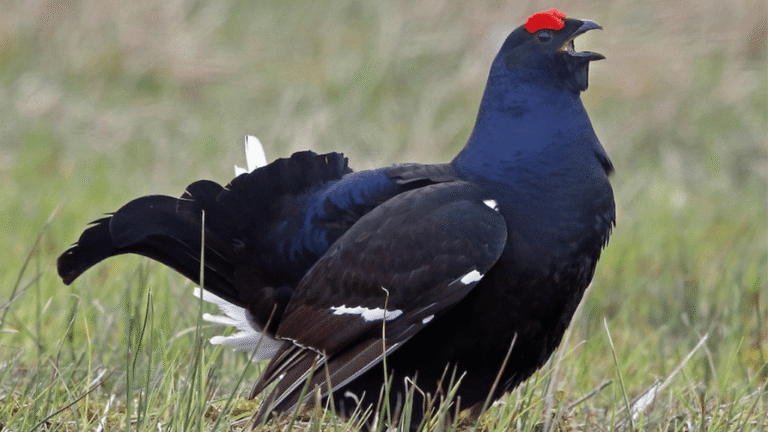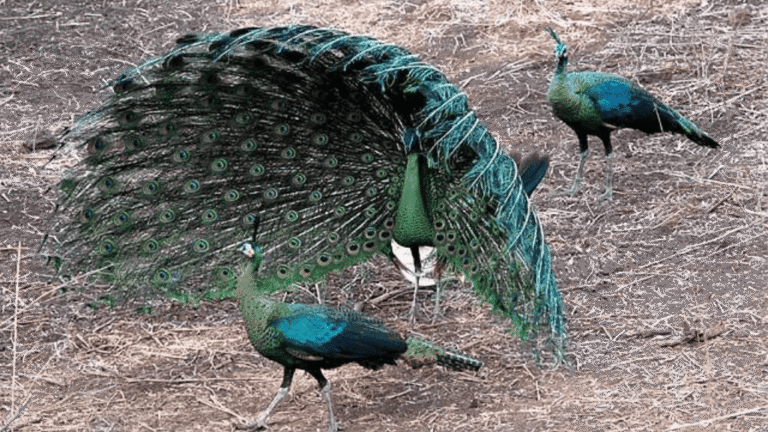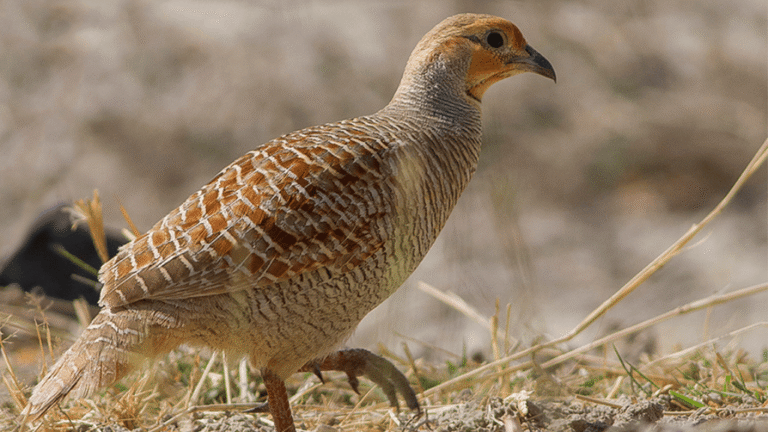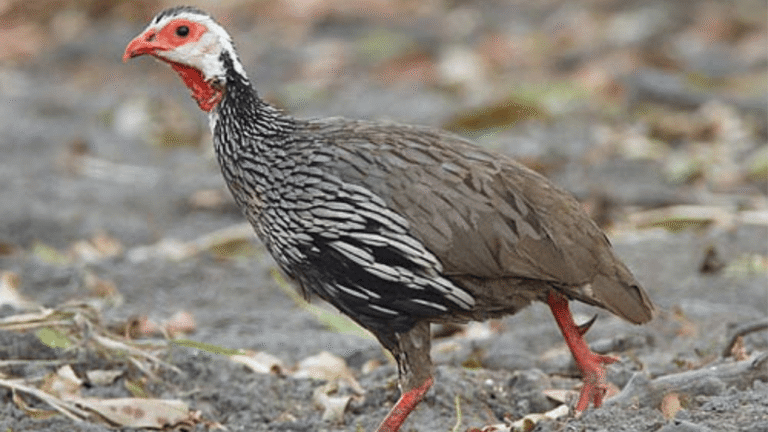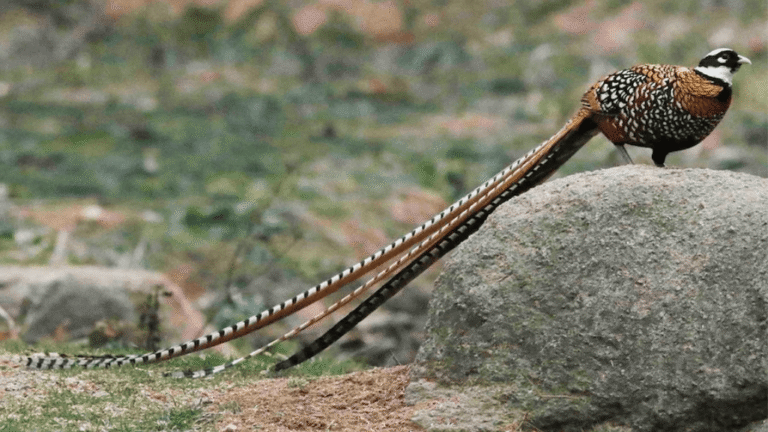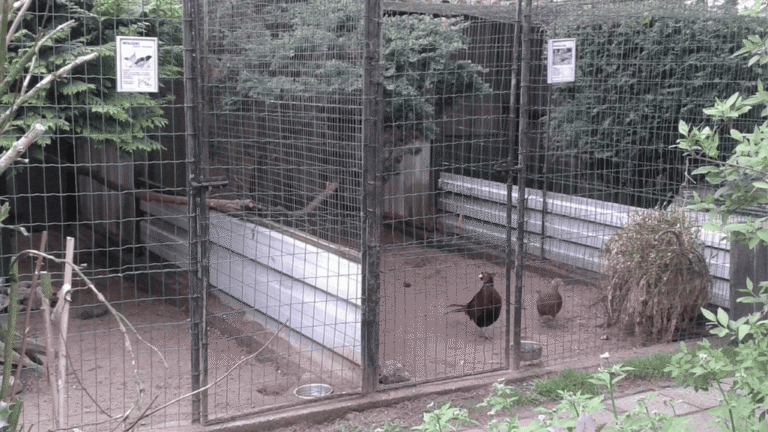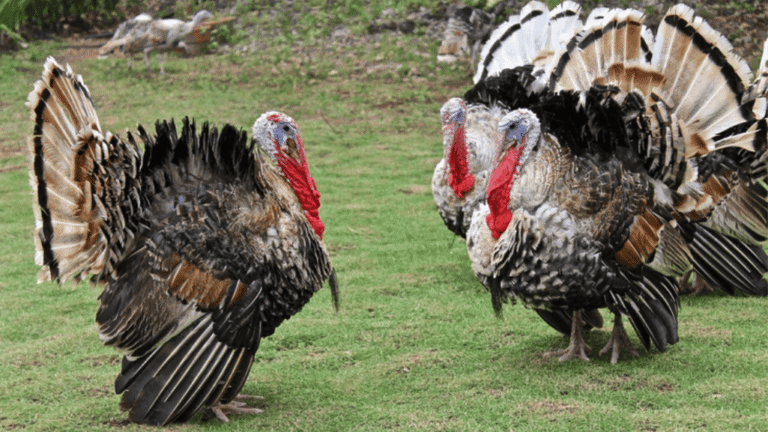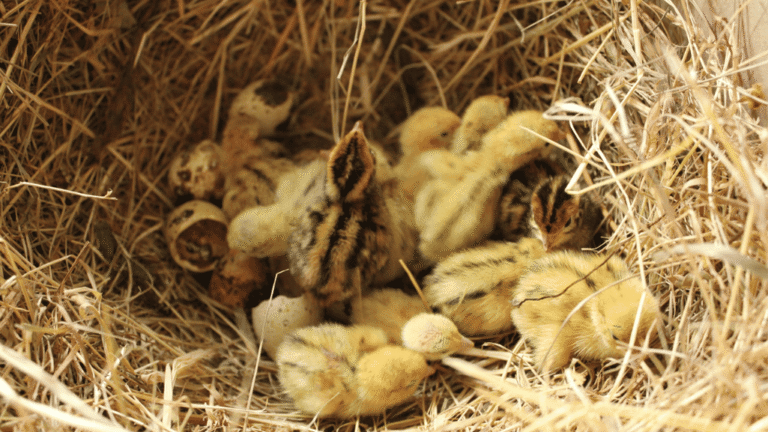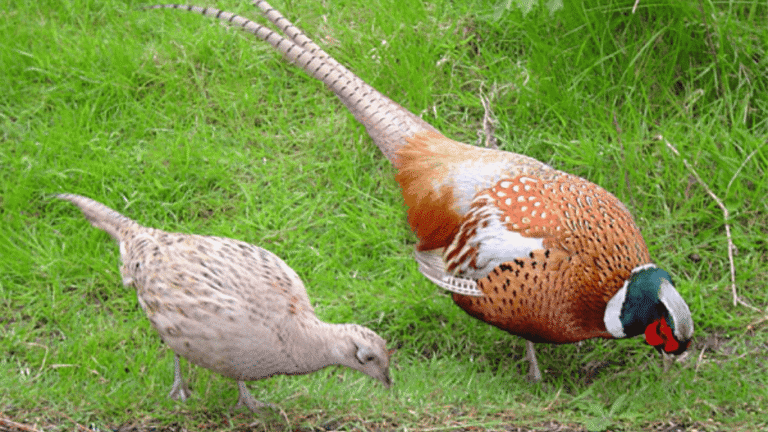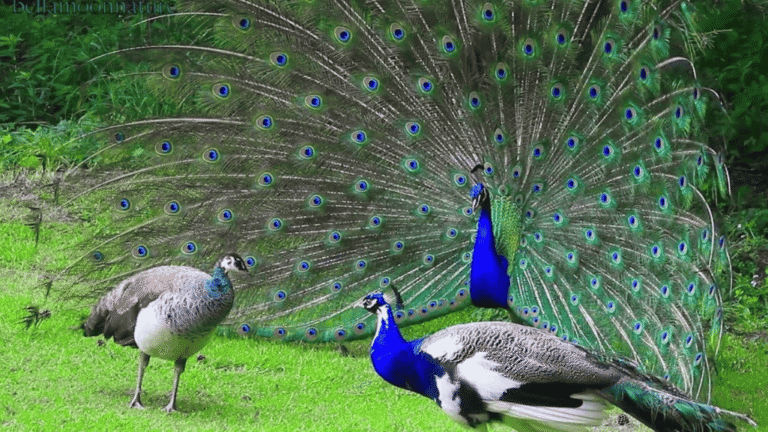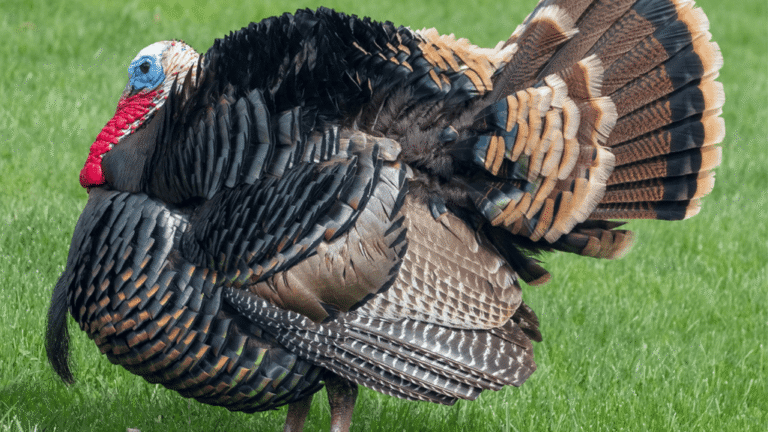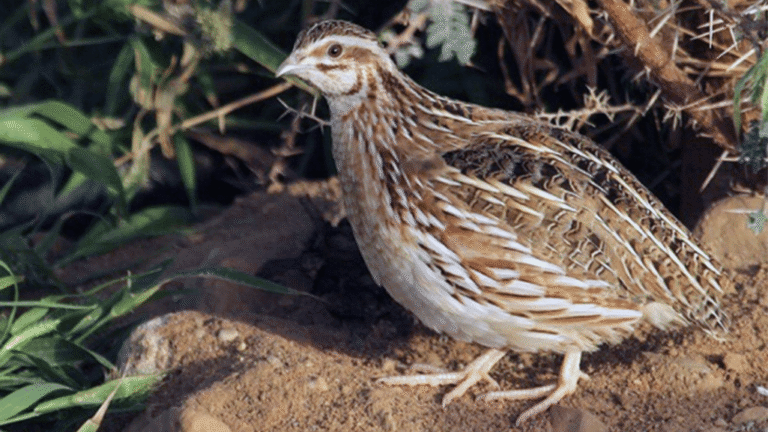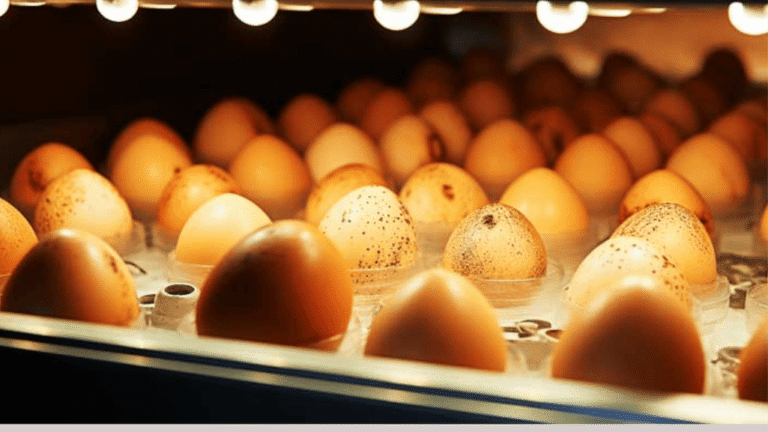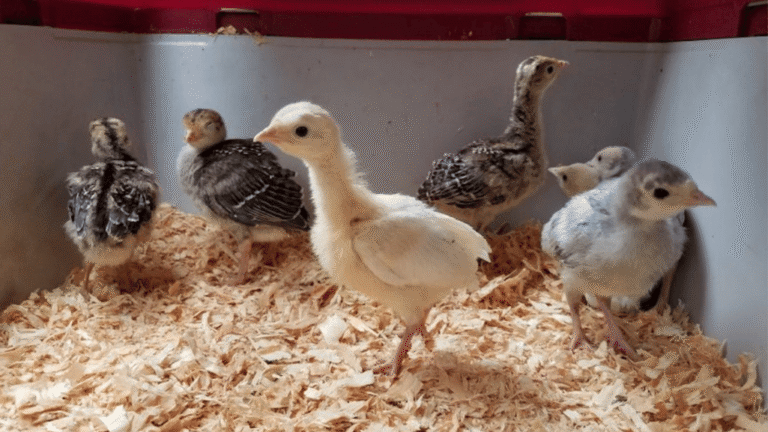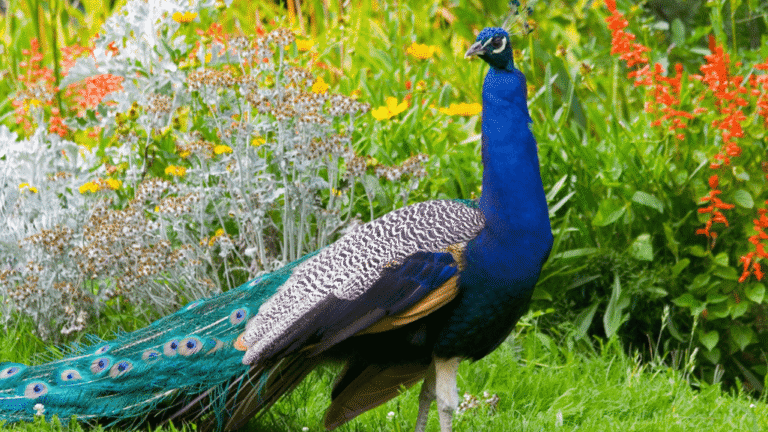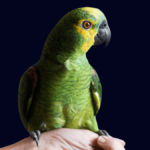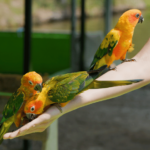Peafowl are majestic birds known for their stunning plumage and elegant appearance. To ensure their vibrant beauty, it is essential to prioritize their health and overall well-being. Alongside providing a spacious and comfortable habitat and a nutritious diet, incorporating peafowl health supplements into their routine can further support their health and enhance their feather quality.
Peafowl health supplements, such as peacock vitamins and feathered friend supplements, are specifically formulated to meet the unique nutritional needs of these exotic birds. These avian nutrition supplements are designed to provide essential vitamins, minerals, and antioxidants that can optimize their overall health and boost their immune system.
By including these bird wellness products in their diet, you can promote strong plumage, improve color vibrancy, and support their feathers’ health. These supplements also contribute to their vitality and energy levels, ensuring they can showcase their picturesque plumage to the fullest.
Key Takeaways:
- Peafowl health supplements can enhance the vibrancy of their plumage.
- These supplements are designed to meet the unique nutritional needs of peafowl.
- Incorporating bird wellness products can boost their immune system.
- Peafowl health supplements promote strong feathers and improve their overall health.
- Consult with avian specialists for specific recommendations on peafowl health supplements.
Creating a Safe and Comfortable Habitat
https://www.youtube.com/watch?v=R50QVtmi2MM
Peafowl require a spacious and comfortable living environment in order to thrive. Providing them with adequate housing is essential for their health and well-being. Here are some key considerations when creating a safe and comfortable habitat for your peafowl:
Peafowl Housing and Shelter
Peafowl housing should provide ample space for the birds to move around and engage in natural behaviors. As a general guideline, allow a minimum of 80 square feet of space per bird in their coop or pen.
The coop should have designated areas for roosting, nesting, feeding, and drinking water. These designated areas help establish a sense of structure and security for your peafowl.
Predator Prevention
Protecting peafowl from predators is crucial to their safety. Implementing the following measures can help prevent potential attacks:
- Install secure fencing around the peafowl enclosure to keep out predators.
- Bury the base of the fence to prevent predators from digging under it.
- Cover the pen with wire mesh to prevent aerial attacks.
- Use a locking mechanism on the coop door to ensure the safety of your birds at night.
Optimal Conditions
Monitoring and maintaining v within the peafowl habitat is vital for their health and well-being. Consider the following factors:
- Temperature Range: Provide a temperature-controlled environment that suits the needs of peafowl, ensuring they are comfortable in both hot and cold weather.
- Ventilation: Proper ventilation helps maintain fresh air circulation and prevents the buildup of harmful gases within the coop or pen.
- Cleanliness: Regularly clean the coop or pen to prevent the accumulation of waste, which can attract pests and cause health issues for the birds.
- Shade: Make sure the peafowl habitat offers ample shade to protect the birds from direct sunlight and extreme heat.
By creating a safe and comfortable habitat for your peafowl, you are providing them with the optimal conditions they need to thrive. This ensures their overall health and well-being, allowing them to display their vibrant plumage and live a fulfilling life.
Nutritious Diet and Feeding Guidelines
In order to maintain the health and vibrant plumage of peafowl, it is essential to provide them with a balanced and nutritious diet. Peafowl require a combination of protein, grains, vegetables, and fruits to meet their dietary needs. Here are some guidelines to ensure their optimal nutrition:
Protein
Protein should make up around 20-28% of a peafowl’s total diet. It is essential for their growth, feather development, and overall health. Good sources of protein for peafowl include:
- Commercial poultry feed formulated for game birds
- Insects and worms
- Eggs
- Mealworms
Grains
Grains are an important component of a peafowl’s diet. They provide energy and carbohydrates. Some suitable grains for peafowl include:
- Corn
- Wheat
- Rice
- Barley
Vegetables
Dark leafy greens should be included in a peafowl’s diet to provide essential vitamins and minerals. Some beneficial vegetables for peafowl are:
- Kale
- Spinach
- Collard greens
- Dandelion greens
Fruits
While fruits are a tasty treat for peafowl, they should be offered in moderation due to their sugar content. Some suitable fruits for peafowl include:
- Apples
- Grapes
- Berries
- Pears
It is important to note that peafowl have specific dietary needs at different stages of life. For example, peachicks, or baby peafowl, require a higher protein diet to support their growth. In addition to their regular diet, peachicks can be supplemented with insects for additional protein.
Dietary supplements can also play a role in supporting the health of peafowl. For example, calcium supplements can contribute to strong bones, while grit aids in digestion. It is recommended to offer grit in a separate container from their regular feed.
Incorporating a variety of food options into a peafowl’s diet ensures a well-rounded nutritional intake, promoting their overall health and vibrant plumage.
“A balanced and nutritious diet is essential for maintaining the health and vibrant plumage of peafowl. Incorporating a variety of protein sources, grains, vegetables, and fruits ensures they receive the necessary nutrients for optimal well-being.” – Peafowl Care Expert
Breeding, Reproduction, and Companionship
When it comes to peafowl, breeding and reproduction require careful planning and attention. By understanding the process and taking appropriate measures, you can ensure successful breeding outcomes and contribute to the welfare of these majestic birds.
Preparing for Breeding Season
Before the breeding season begins, it is important to prepare your peafowl for successful reproduction. One crucial factor is their diet. Increasing the protein content in their diet prior to the mating season can enhance their reproductive success. A high-quality feed with a protein level of 20-28% is recommended during this period.
Egg Laying and Incubation
During the breeding season, peahens typically lay 4-8 eggs in a well-hidden nest. These eggs have an incubation period of around 28 days. Peahens are excellent mothers and diligently care for their eggs during this time.
Raising Peachicks
Raising peachicks requires proper brooding, diet, and socialization. Providing a warm and secure brooding area is essential for the health and development of the peachicks. A heat source and appropriate bedding should be provided to keep them comfortable and safe.
As they grow, peachicks should be fed a specialized diet that meets their nutritional needs. A high-quality starter feed with a higher protein content is advisable for their healthy growth and development. Additionally, offering small insects as a protein source can be beneficial.
While raising peachicks, it is important to interact with them regularly, allowing them to become accustomed to human presence and encouraging their socialization. This helps in building a bond and ensures their overall well-being.
Health and Common Issues
Peafowl, like any other bird, can experience common health issues. Some of the common health issues observed in peafowl include:
- Coccidiosis: A parasitic infection that affects the intestinal tract.
- Worm infestations: Internal parasites that can cause various health issues.
- Respiratory infections: Infections that affect the respiratory system.
- External parasites: Parasites like mites and lice that infest the feathers and skin.
- Foot problems: Issues like bumblefoot, which can cause lameness and discomfort.
Regular veterinary check-ups, vaccinations, and maintaining a clean and hygienic environment are essential for preventing and addressing these health issues. Monitoring the health and behavior of your peafowl is crucial in identifying any potential problems and taking prompt action.
Companionship and Social Needs
Companionship is important for peafowl, and they thrive when kept in pairs or small groups. Peafowl are social birds that enjoy the company of their own kind. Providing them with companionship improves their well-being and reduces stress levels.
“Peafowl thrive when they have the opportunity to interact and socialize with their own kind.” – Dr. Jane Johnson, Avian Specialist
By understanding the breeding and reproductive needs of peafowl, addressing common health issues, and providing companionship, you can contribute to their overall health and welfare. Taking these measures ensures that your peafowl not only reproduce successfully but also lead happy and fulfilling lives.
Conclusion
Proper care and attention are crucial for the health and well-being of peafowl. By providing a safe and comfortable habitat, offering a nutritious diet, and addressing their breeding and reproduction needs, you can ensure that your peafowl thrive and flourish. To further support their overall health and enhance their vibrant plumage, incorporating peafowl health supplements into their diet is highly beneficial.
Peafowl health supplements, specifically formulated to meet their avian nutrition requirements, provide essential vitamins, minerals, and nutrients that contribute to their health and well-being. These supplements not only support their immune system and promote optimal growth but also help maintain the brilliance of their plumage, leaving them looking radiant and beautiful.
When it comes to exotic bird care, it is essential to remember that each peafowl is unique and may have varying dietary and health needs. Consulting with avian specialists or veterinarians who specialize in bird care is highly recommended. They can provide guidance on specific peafowl care requirements, including the recommended peafowl health supplements and their proper dosage.
With the right care, attention, and the incorporation of peafowl health supplements, your peafowl can continue to amaze and captivate with their vibrant plumage and thrive in their environment. Ensuring their health and well-being is not only a responsibility but also a rewarding experience, as these majestic birds bring beauty and joy to any backyard or hobby farm.
FAQ
What are peafowl health supplements?
Peafowl health supplements are products specifically formulated to enhance the overall health and well-being of peafowl. These supplements provide essential vitamins, minerals, and nutrients that may be lacking in their regular diet.
How can peafowl health supplements benefit my peafowl?
Peafowl health supplements can support the vibrant plumage of your peafowl and contribute to their overall health. These supplements can provide a boost of essential nutrients, strengthen their immune system, and help them maintain optimal health.
Are peafowl health supplements safe for my peafowl?
Yes, peafowl health supplements are generally safe for peafowl when used according to the recommended dosage instructions. It’s essential to choose high-quality supplements that are specifically formulated for avian use and consult with avian specialists for specific care requirements and recommendations.
How do I incorporate peafowl health supplements into my peafowl’s diet?
Peafowl health supplements can be added to their regular feed or sprinkled directly on their food. It’s important to follow the dosage instructions provided by the manufacturer and consult with avian specialists for specific supplements and dosage recommendations for your peafowl.
Can peafowl health supplements improve the plumage of my peafowl?
Yes, peafowl health supplements can enhance the vibrant plumage of your peafowl. These supplements often contain ingredients that promote healthy feather growth and provide the necessary nutrients for maintaining vibrant colors.
Are peafowl health supplements necessary if I already provide a balanced diet?
While a balanced diet is crucial for the health of your peafowl, peafowl health supplements can provide additional support and fill any nutritional gaps that may exist in their regular diet. These supplements can help ensure that your peafowl receive all the essential nutrients they need for optimal health.
Where can I purchase peafowl health supplements?
Peafowl health supplements can be purchased from pet supply stores, specialty bird stores, or online retailers that specialize in avian nutrition products. It’s important to choose reputable brands and products that are specifically formulated for peafowl.
How often should I give peafowl health supplements to my peafowl?
The frequency of giving peafowl health supplements will depend on the specific supplement and the recommendations provided by the manufacturer. It’s important to follow the dosage instructions and consult with avian specialists for specific supplement usage guidelines for your peafowl.
Can peafowl health supplements prevent common health issues in peafowl?
While peafowl health supplements can support the overall health of your peafowl, they cannot guarantee the prevention of all common health issues. Regular health check-ups, vaccinations, and maintaining a clean environment are also crucial for preventing health issues in peafowl.
Can I use peafowl health supplements for other bird species?
Peafowl health supplements are specifically formulated for the unique nutritional needs of peafowl. While some ingredients may be beneficial for other bird species, it’s important to consult with avian specialists and use supplements that are specifically designed for the species you are caring for.
